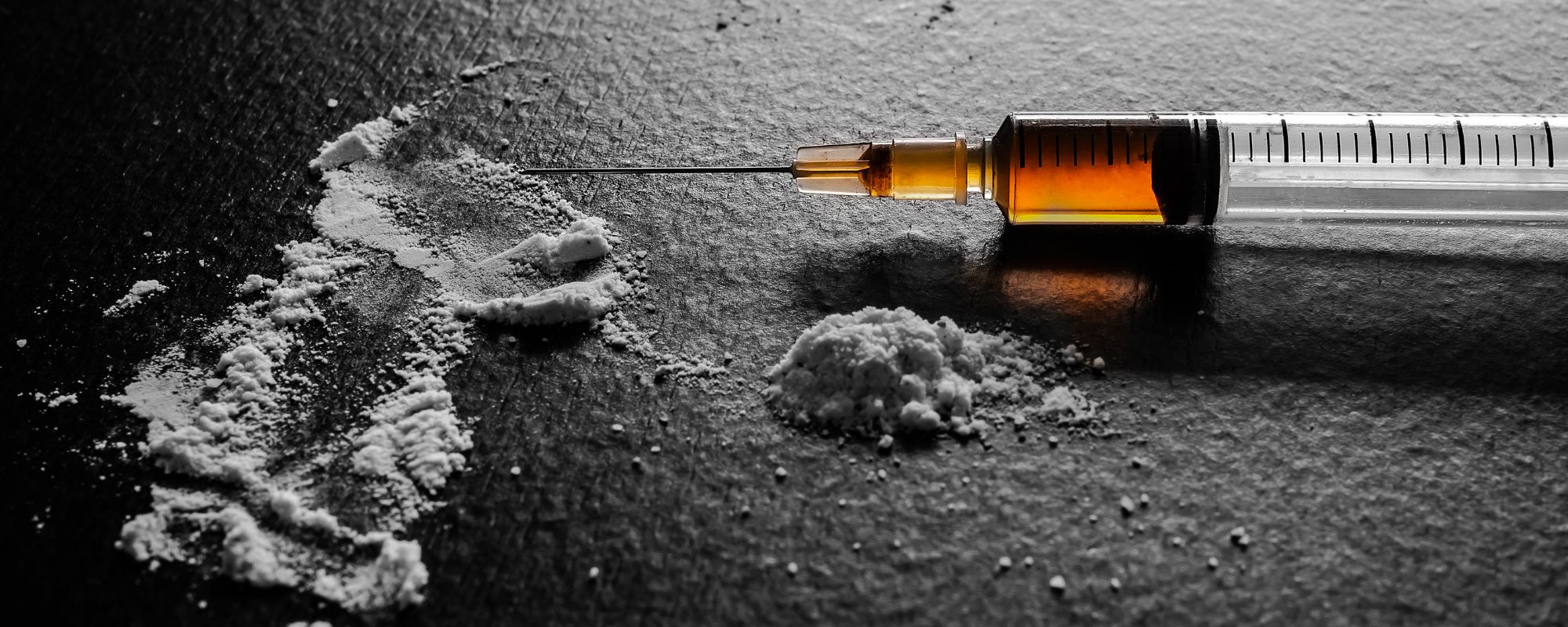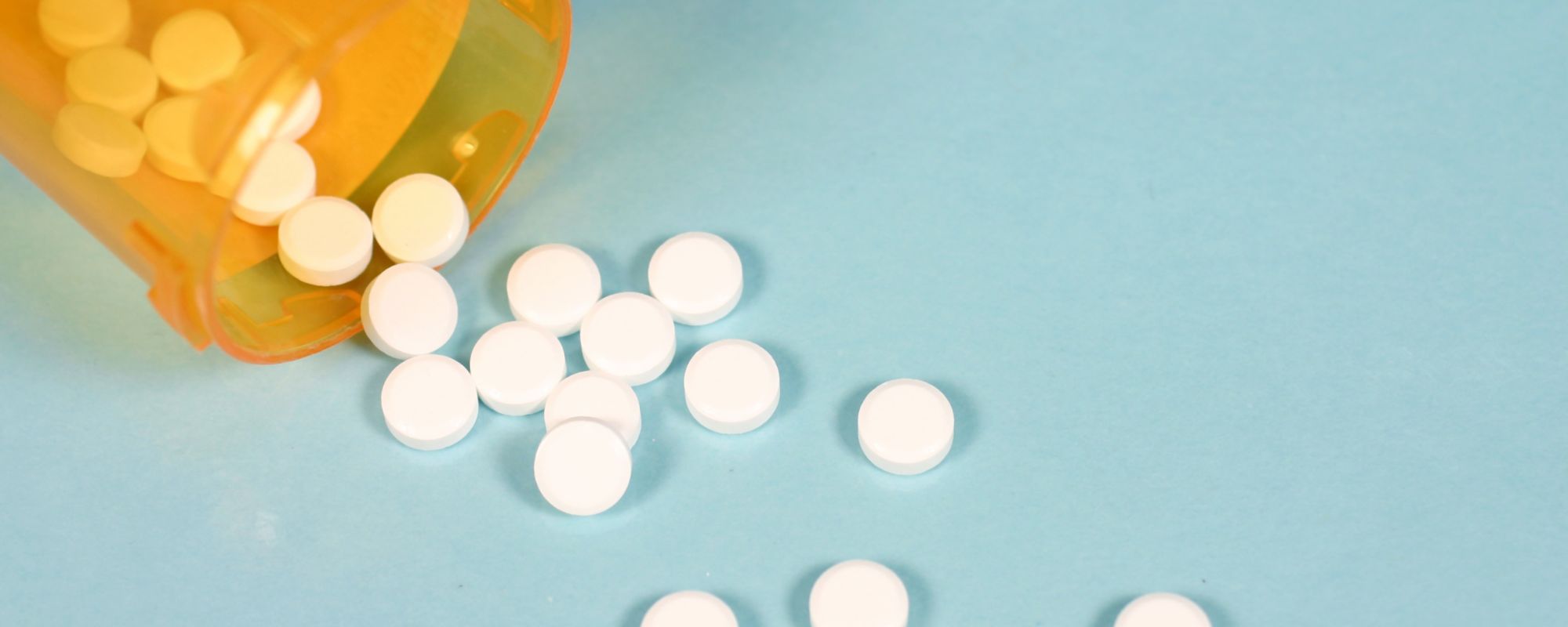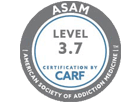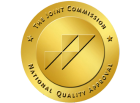After drug legislation cracked down on public access to ephedrine and pseudoephedrine, illicit meth producers had to find new ways of producing this drug. As a result, a more potent and powerful version of this drug, known as “super meth,” has become available.
Although most of the meth labs in the U.S. have gone out of business, Mexican super meth labs remain alive and functioning, pumping out this dangerous drug for public consumption without regard to the well-being of consumers. Knowing the dangers of this drug can help keep you and your loved ones safe.
What Is Super Meth?
Meth is a highly powerful and addictive stimulant drug that works by affecting the central nervous system. It is often abused for its ability to produce an intense boost of energy and a euphoric high that keeps people coming back for more.
Super meth, occasionally referred to as P2P meth, is an enhanced form of standard methamphetamine that is produced using phenyl-2-propane as its main ingredient instead of ephedrine or pseudoephedrine.
After the Combat Methamphetamine Epidemic Act of 2005 was passed into law in 2006, pseudoephedrine and ephedrine were placed behind pharmacy counters, making them more difficult to purchase in large quantities.
As a result, drug dealers turned to new ways of producing this product, creating the more affordable, more potent, and more dangerous form of meth known as super meth today. This nickname comes from the drug’s intense and longer-lasting side effects, making it an attractive substance to those looking for a cheap and strong high.
What Makes Super Meth Dangerous?
Along with the more intense and long-lasting high of this drug, super meth also poses a higher risk of severe side effects. These can be both physical and mental, with the worst effects including increased blood pressure, body temperature, and respiratory difficulties, as well as a high risk for heart attack and stroke.
One of the most dangerous aspects of this drug is its risk of overdose, with very few warning signs. Because P2P meth has a smaller concentration of I-methamphetamine, this does not cause one of the early signs of overdose, which is an elevated heart rate.
Because of this, overdose rates have been skyrocketing across the nation, as well as the long-term consequences of meth abuse, including paranoia, psychosis, hallucinations, and cognitive dysfunction.
What Are the Signs and Symptoms of Meth Abuse?
A meth use disorder is a disease characterized by compulsive use of meth despite the negative impact this can have on the person’s life, as well as the people around them. An addiction to super meth can be even more dangerous than a standard meth use disorder, so it is crucial to recognize the signs and symptoms of this condition.
- Repeated attempts to stop or reduce meth use without success.
- Experiencing strong cravings when not using meth.
- Inability to fulfill work, school, or home responsibilities due to meth use.
- Continuing to use meth even though this is causing problems in the person’s life or relationships.
- Continuing to use meth despite this causing or worsening other health problems.
- Developing a tolerance or needing more of the drug to continue getting the same effect.
- Experiencing withdrawal symptoms when meth use is stopped or reduced.
These are just some of the signs and symptoms associated with a meth addiction. It is important to keep in mind that super meth is highly dangerous and will likely have more severe side effects on those affected by it. This is why it is important to seek professional help as soon as possible if you or a loved one is struggling with this drug.
How Is Meth Addiction Treated?
Methamphetamine addiction is a serious condition, and seeking professional help is crucial to safely and successfully recover from it. Fortunately, there are several treatment options available to those who are struggling with meth abuse, including:
- Medical detoxification: This is the process of slowly tapering off meth in a safe and structured environment under the supervision of licensed medical professionals, preventing withdrawal symptoms and relapse.
- Residential treatment: This involves living at the treatment facility for around-the-clock care and support. It’s often considered the most intensive form of addiction treatment, providing a safe and structured environment to focus on your recovery without distractions or access to meth.
- Medications: Certain medications can be used to help treat the withdrawal symptoms and side effects of meth abuse, helping to prevent relapse and make the recovery process more comfortable.
- Therapies: Both evidence-based therapies, such as cognitive behavioral therapy (CBT), and holistic treatments, such as yoga, meditation, and other activities, can help you understand the source of your addiction and learn healthier coping mechanisms for maintaining sobriety.
These are just a few of the many treatment options available to help those struggling with meth addiction. Finding a treatment center that works with your needs is essential for overcoming your substance abuse and learning to lead a healthy, sober life.
Meth Addiction Treatment at Royal Life Centers
At Royal Life Centers, we understand the threat super meth poses to communities nationwide, which is why we offer comprehensive and compassionate treatment to those struggling with an addiction to this substance.
When seeking treatment at one of our facilities, you will have access to a wide range of treatment options, from detox to residential and outpatient treatment, behavioral and holistic therapies, and aftercare support.
We work with you every step of the way to make sure you are receiving the effective care and support you need to achieve long-term recovery. If you are ready to start your journey to sobriety, reach out to us now to learn more about how we can help you.

























